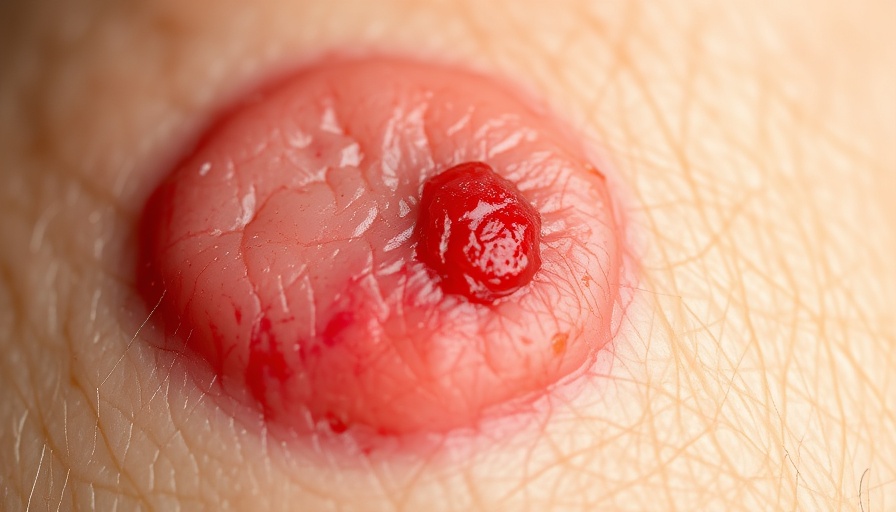
Understanding the Latest Developments in Dermatology
In the ever-evolving field of dermatology, recent findings shed light on significant health intersections. One of the most compelling revelations comes from studies that highlight a clear link between severe alopecia areata and an increased risk of atopic dermatitis, particularly in adolescents. This emerging connection raises important questions about the comprehensive management of skin health, especially for younger populations facing chronic skin conditions.
FDA Enhances Drug Transparency
Another critical development in dermatology is the FDA’s recent publication of over 200 Complete Response Letters (CRLs), which detail common deficiencies in drug approval applications. This transparency initiative aims to foster a better understanding of the complexities involved in the drug development process. By sharing these insights, the FDA not only serves the pharmaceutical industry but also empowers patients to be more informed about the treatments they receive.
Revolutionizing Pediatric Dermatology with Dupilumab
In of pediatric dermatology, dupilumab continues to make waves as it enhances treatment strategies for atopic dermatitis. Dr. Christopher Bunick, an expert in the field, underscores the significance of this therapeutic approach as it not only addresses skin symptoms but also improves overall health outcomes and quality of life for children. With its growing acceptance, it opens doors for early interventions that may alter the trajectory of dermatological care in youth.
Introducing Zelsuvmi: A Game-Changer for Molluscum Contagiosum
A notable advancement has arrived with the launch of Zelsuvmi, the first FDA-approved at-home gel for molluscum contagiosum. This treatment option caters to patients aged one and above, available through retail and mail-order pharmacies. Given the traditionally limited treatment options in the realm of molluscum, Zelsuvmi provides a valuable new method for managing this common skin infection, bringing much-needed relief to families.
Challenges with Tildrakizumab in Vitiligo Treatment
Despite advancements, the recent pilot study evaluating tildrakizumab for stable non-segmental vitiligo indicates the continued challenges in dermatological drug development. The findings suggest that the IL-23 inhibitor showed no improvement in VASI scores, highlighting the necessity for ongoing research and innovation in treatments for vitiligo. It raises critical questions not only about the effectiveness of current therapies but also about the direction future research should take to effectively address this complex condition.
Why These Updates Matter for You
For adults aged 25-45, particularly among women actively engaged in maintaining their skin health, these advancements in dermatology are crucial. As corporate professionals and social influencers, they are in a unique position to utilize these insights for personal skincare routines and to educate their audiences on the importance of evidence-based skincare. Understanding the implications of these developments can empower individuals to make informed decisions about their skin health.
Engaging with the Community
As the dermatology landscape continues to evolve, staying informed offers unique benefits. From managing mild skin conditions to understanding chronic issues like atopic dermatitis, knowledge is power. Engaging with these developments, whether through discussions in healthcare settings or sharing information through social media, can foster a community centered on health and wellness.
 Add Row
Add Row  Add
Add 






Write A Comment